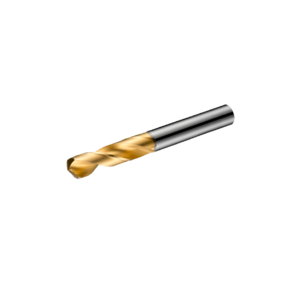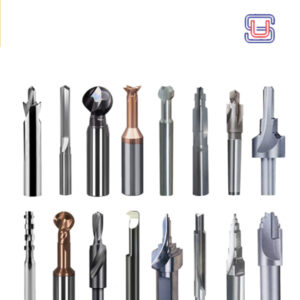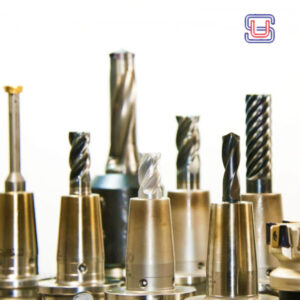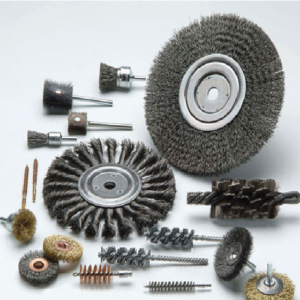Supercut drills and saws are distinguished by their robust construction and advanced features. They typically incorporate high-quality materials like hardened steel and ergonomic designs to ensure longevity and comfort during prolonged use. These tools are equipped with powerful motors and variable speed controls, enabling precise drilling and cutting across various materials, from wood and metal to concrete and plastic. This versatility allows professionals to tackle a wide range of tasks efficiently, enhancing productivity on job sites. In terms of significance, Supercut drills and saws are valued for their reliability and performance under challenging conditions. They are designed to withstand heavy-duty use, making them indispensable tools in industries where precision and efficiency are paramount. Their ability to deliver consistent results while minimizing downtime due to robust design and effective engineering contributes to their appeal among contractors, builders, and maintenance professionals seeking dependable tools that can handle diverse tasks with ease. Overall, Supercut drills and saws occupy a significant niche in the market by offering durable, high-performance solutions that meet the stringent requirements of industrial settings. Their reputation for quality craftsmanship and innovation continues to position them as preferred choices for professionals looking to invest in tools that ensure both effectiveness and longevity in their operations.

Supercut tools are recognized for their robust construction and innovative features tailored for professional and industrial applications. These tools are engineered to deliver superior performance and reliability in demanding environments such as construction sites, manufacturing facilities, and maintenance operations.
Advanced Technology and Design: Supercut tools often integrate advanced technologies such as high-efficiency motors, variable speed controls, and ergonomic designs. These features enhance operational efficiency, providing users with precise control and reducing fatigue during prolonged use.
Durability and Longevity: Built to withstand rigorous conditions, Supercut tools are crafted from high-quality materials like hardened steel and impact-resistant plastics. This construction ensures durability and longevity, minimizing downtime and maintenance costs for users.
Versatility and Application: From drills to saws and other power tools, Supercut products are designed to cater to a wide range of applications. Whether cutting through tough materials like metal or concrete, or performing intricate tasks requiring precision, these tools are versatile enough to meet diverse operational needs.
Supercut’s commitment to innovation, durability, and versatility positions it as a preferred choice among professionals seeking reliable tools capable of delivering consistent performance in challenging work environments.




